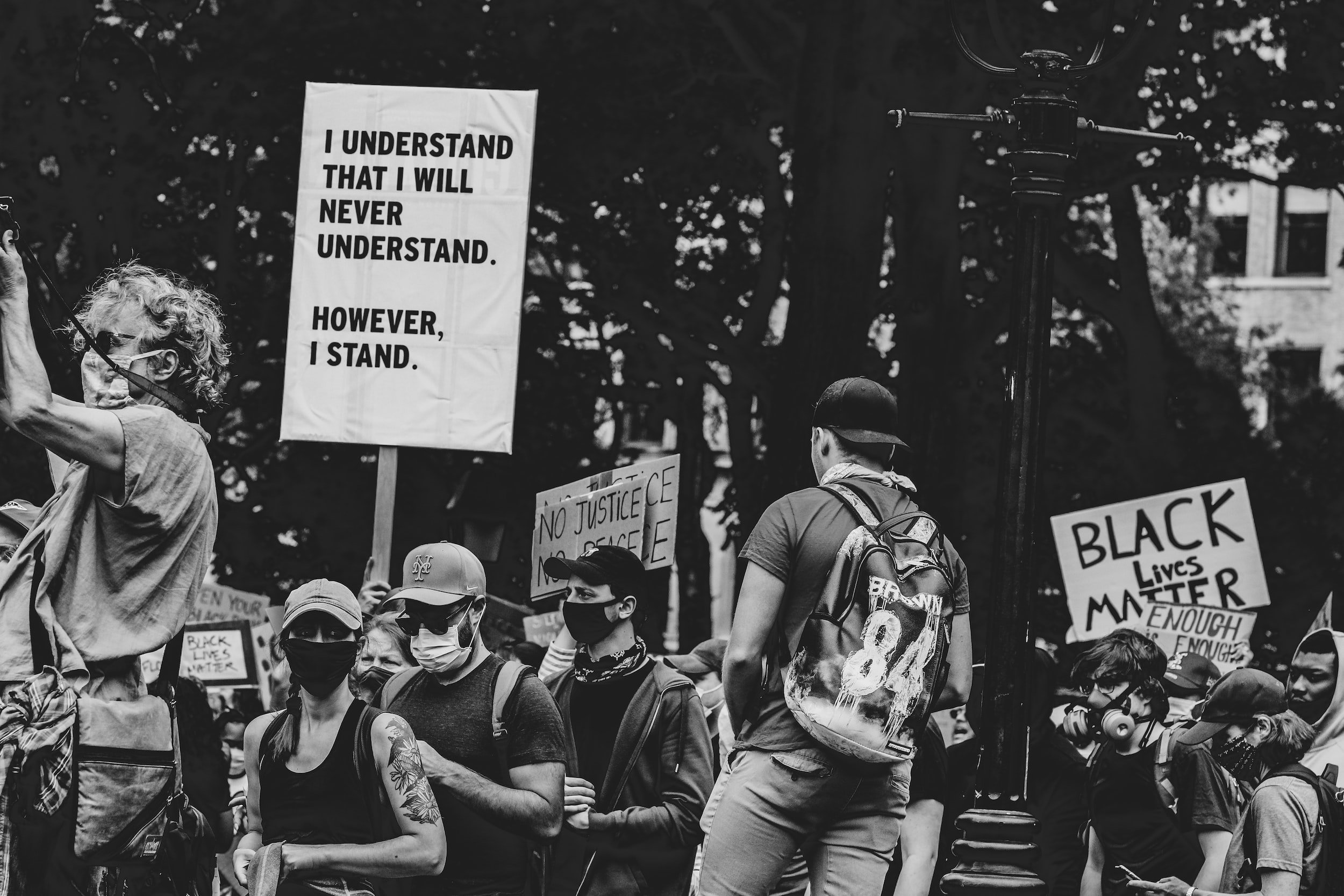Societal Clues From Street Art
Just off the Appalachian trail at the northern tip of Maryland, lies a small overlook called High Rock. The hike to get to the summit is short and relatively unsurprising but the top is a beautiful piece of artwork. People come to high rock from all across the Mid-Atlantic to experience the view and leave their mark on the mountaintop with spray paint.
In most places in the United States, graffiti is charged as vandalism misdemeanor, with a punishment of anywhere from community service, to jail time, to up to $2,500 in fines. Perhaps this danger is what makes the art form so enticing, and the culture of graffiti so unique. Unlike other forms of art, the artist is most often anonymous. The art is not about who made it, but the message and impact it leaves on its community.
Graffiti is a form of self expression that directly reaches others in the community. Artists are able to transform empty areas into community art museums and promote a culture of visual art that is accessible to everyone. According to PhD candidate Ismael Illescas from the University of California Santa Cruz, graffiti is like "illicit cartography" - a cultural map of a city. This is seen most prominently in cities like Los Angeles and New York, where graffiti is very prominent. There are pieces that are 20 years old and pieces that were just painted yesterday. Each has its own message and meaning, but together, they paint a picture of the feelings, wants, and frustrations of the people.
To many, street art is seen as annoying, and damaging to the pristine urban beauty of a city, or simply a meaningless illegal act. But the power of graffiti lies in its accessibility. It amplifies the voices of communities who are too often silenced and inspires change with its often sociopolitical messages, hidden behind its apparent beauty. Street art is an outlet for protest and contrasting ideologies, untainted by media and monetization.
Banksy
The earliest forms of graffiti were created as a form of defiance towards society. They were illegal acts of vandalism, but meant to express an important message. This is seen through arguably the most famous graffiti artist of all time, Banksy. Banksy, an English street artist, uses satire and an anti-establishment theme in his work while remaining anonymous to the masses. No one knows who he is so his messages can’t be argued with - it’s a pretty practical way to get a point across.
Yet, as Banksy has pointed out, modern art capitalism has diminished so many of his messages. He believes strongly in keeping his art on the streets, accessible to the public. So when one of his pieces, Girl with a Balloon, was up for auction he had a mechanism in place that partially shredded the highly valued piece of artwork, sending a message that his artwork should not be selling at auctions for millions, it should be on the street. Interestingly, his point of art capitalism was further supported when the piece, now renamed “Love is in the Bin” sold for millions more after the incident.
Banksy, like most other street artists, share the belief of accessibility to the masses - that was the original sentiment of street art.
History of Street Art
Street art is not exclusive to the US in fact, it is often more prominent in other parts of the world. The Mexican muralism movement, which began in the 1920s, is a prime example of how the accessibility of street art benefitted an entire country. After the Mexican revolution, the Mexican government commissioned many famous artists to paint murals across the country which depicted the history and struggles of Mexico, in an attempt to reunify the country. Nationalistic and sociopolitical messages were shared with everyone in the country and the affects of the movement are still seen today. The Mexican Muralism movement was also a major inspiration for the growth of street art in the US in the 60s and 70s, with artists such as Keith Haring and Jean-Michel Basquiat expressing their feeling and creative side.
Since then, the culture of graffiti has broadened and evolved. It was once only associated with gangs and African American culture in urban America, who started and spread the culture. But it is slowly starting to evolve and expand across many demographics, groups, and locations, and is starting to be seen as “real art” the way one would describe a picasso or a warhol. Someone can now say they bought a Banksy for millions of dollars. Street art has created a culture of individuality that has inspired many.
Bradley Bartolomeo said, “graffiti is a reflection on the relationship between art and society”. It is a snapshot of society in a specific location and how people feel about it on an individual level. To me, graffiti is about telling a story of where it is and the people who have been there.




